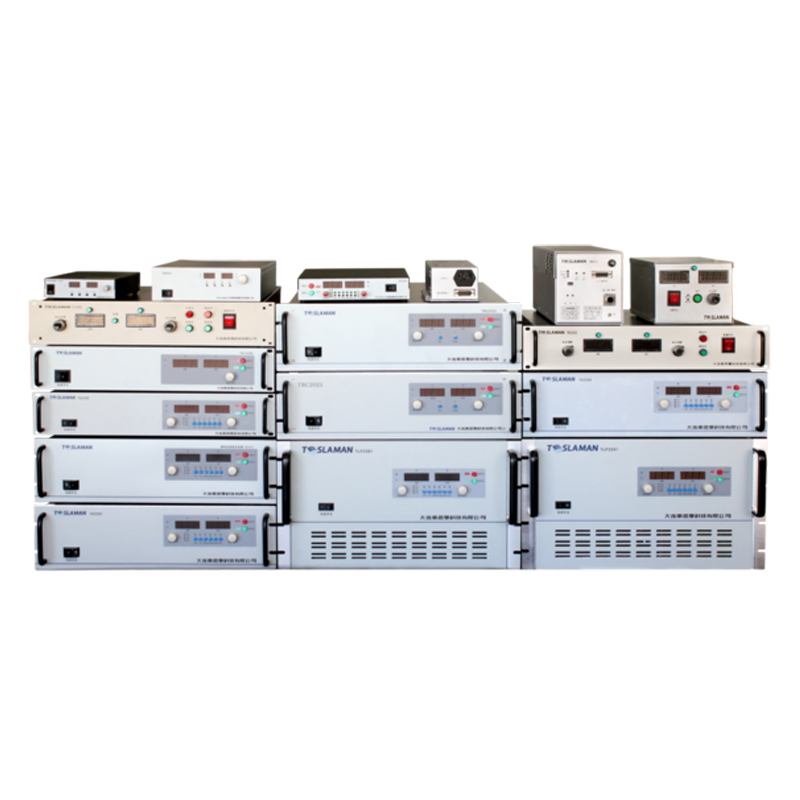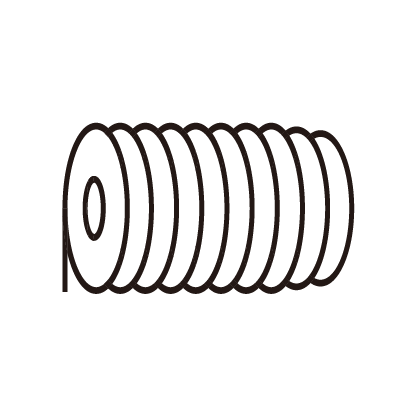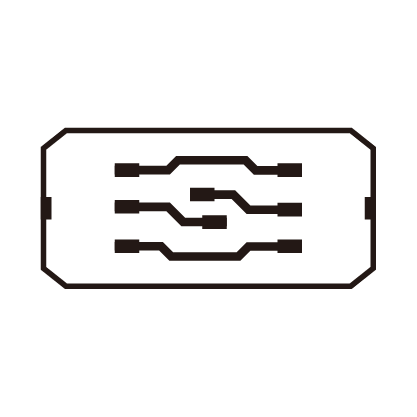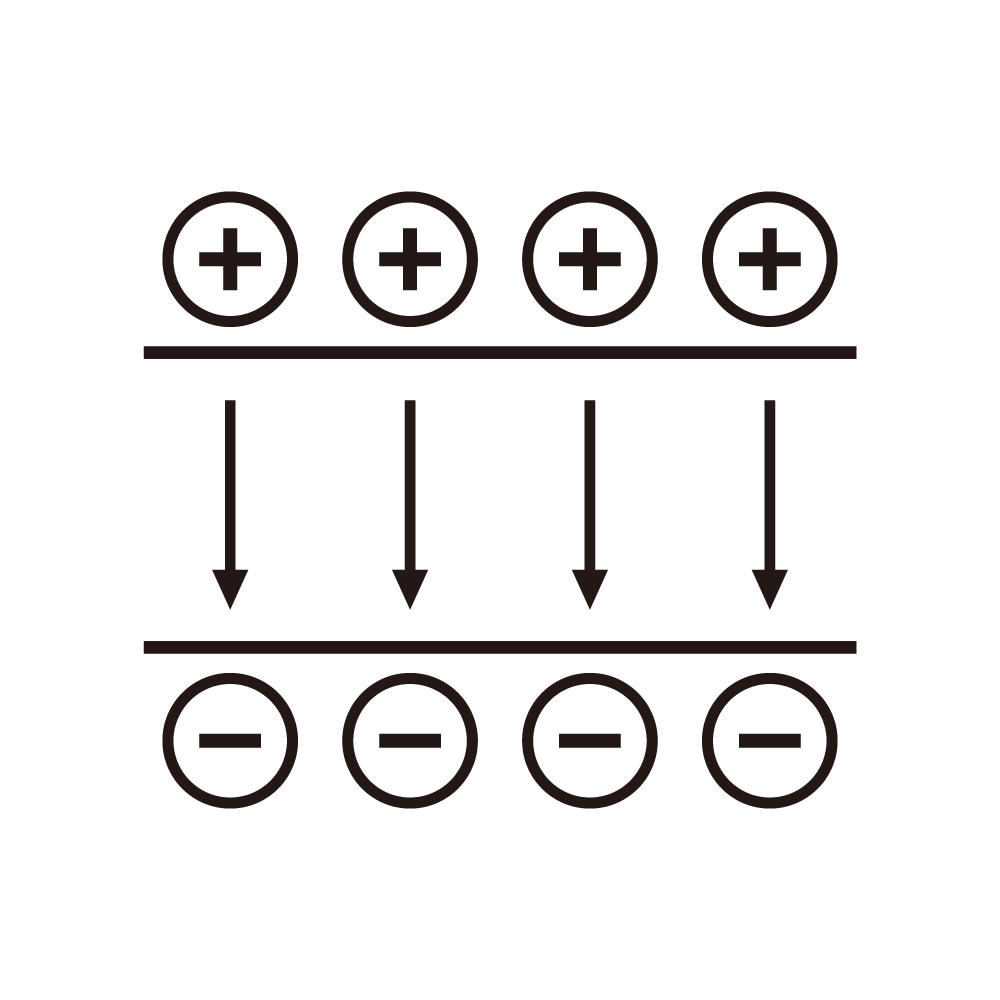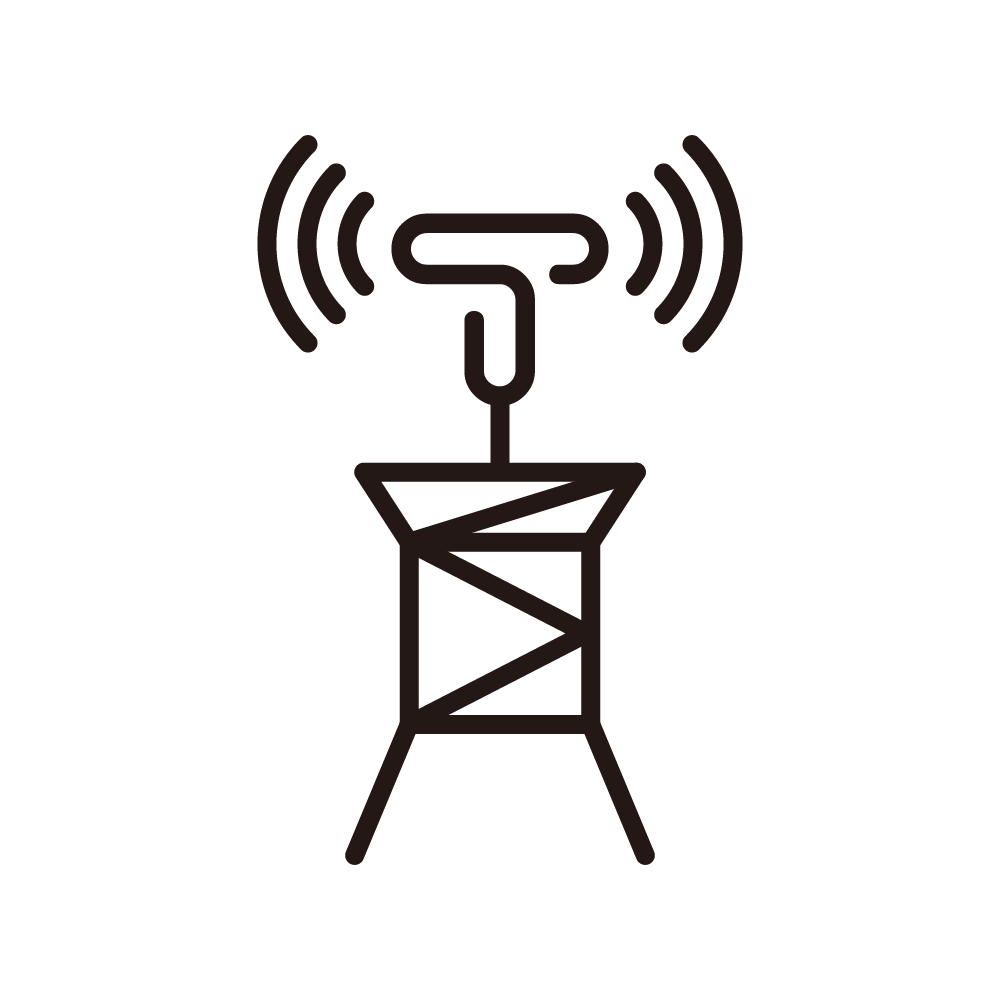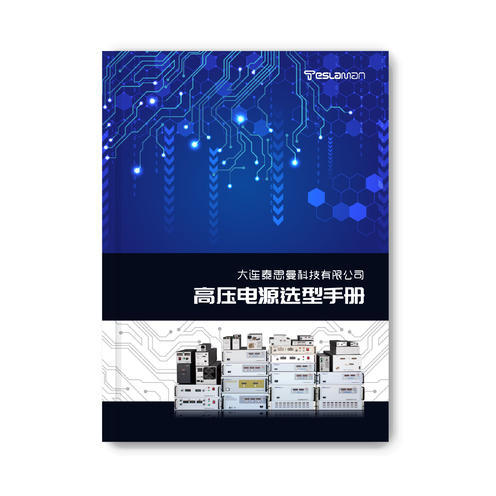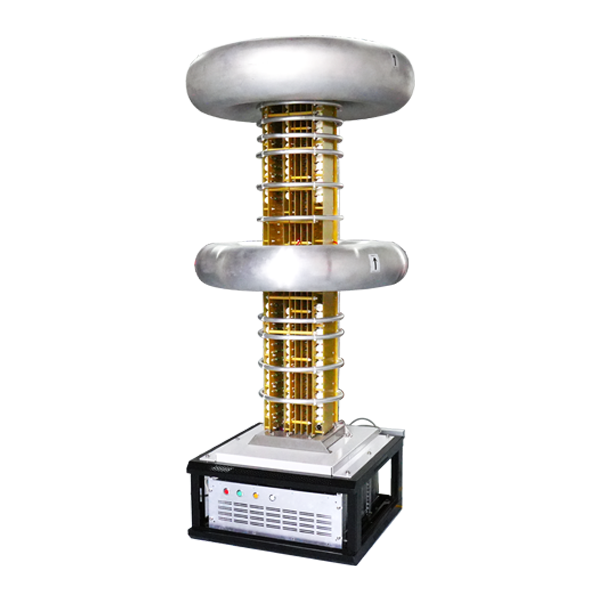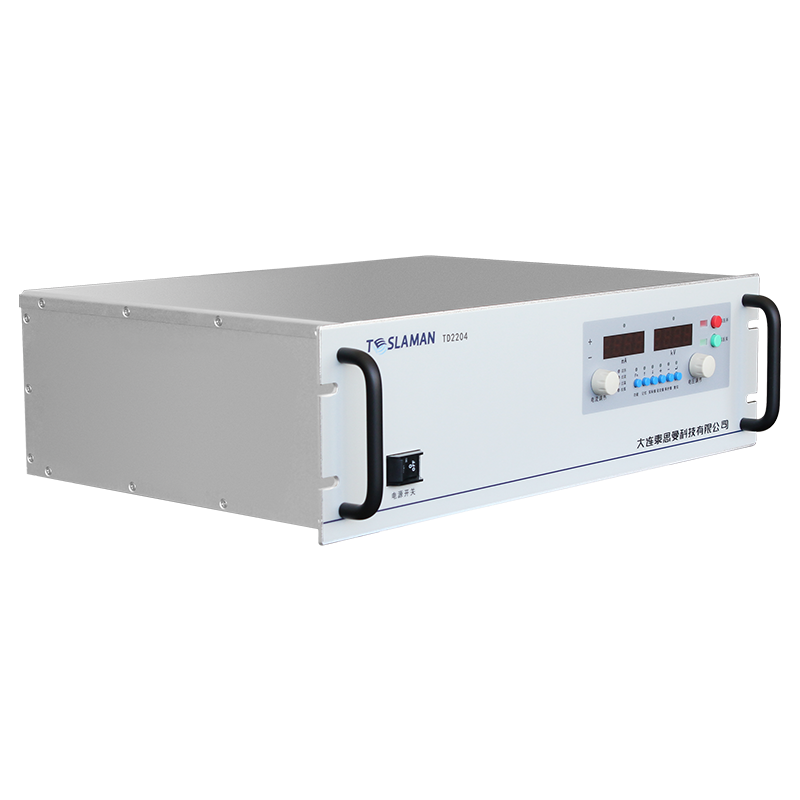Electric Field Distribution Optimization and Long-Term Dust Collection Efficiency in Electrostatic Precipitator High-Frequency High Voltage Power Supplies
High-frequency high voltage power supplies in electrostatic precipitators (ESPs) are critical for generating uniform electric fields that charge dust particles efficiently. Uneven electric field distribution or unstable output can reduce collection efficiency and cause dust accumulation.
Optimization begins with precise control of high-voltage output waveform, adjusting amplitude, frequency, and pulse width to maintain uniform corona discharge. Modern power supplies employ digital feedback loops that monitor electrode voltage, local field intensity, and dust layer thickness, dynamically adjusting voltage across multiple electrodes to ensure even charge distribution.
Structural measures, such as segmented electrodes and multi-stage power supply distribution, allow independent control of high-voltage zones. Finite element analysis is used to optimize electrode spacing, curvature, and shield placement, minimizing field concentration and discharge anomalies.
Long-term efficiency is maintained through real-time monitoring and automated cleaning mechanisms. Surface voltage sensors and dust layer detection allow the system to adjust voltages or trigger mechanical cleaning to prevent efficiency loss. High-frequency pulsing further reduces electrode fouling rates and ensures sustained particle removal.
By integrating optimized electric field design, digital control, and proactive maintenance, high-frequency high voltage power supplies enable ESPs to maintain high dust collection efficiency consistently, meeting long-term environmental compliance requirements.
